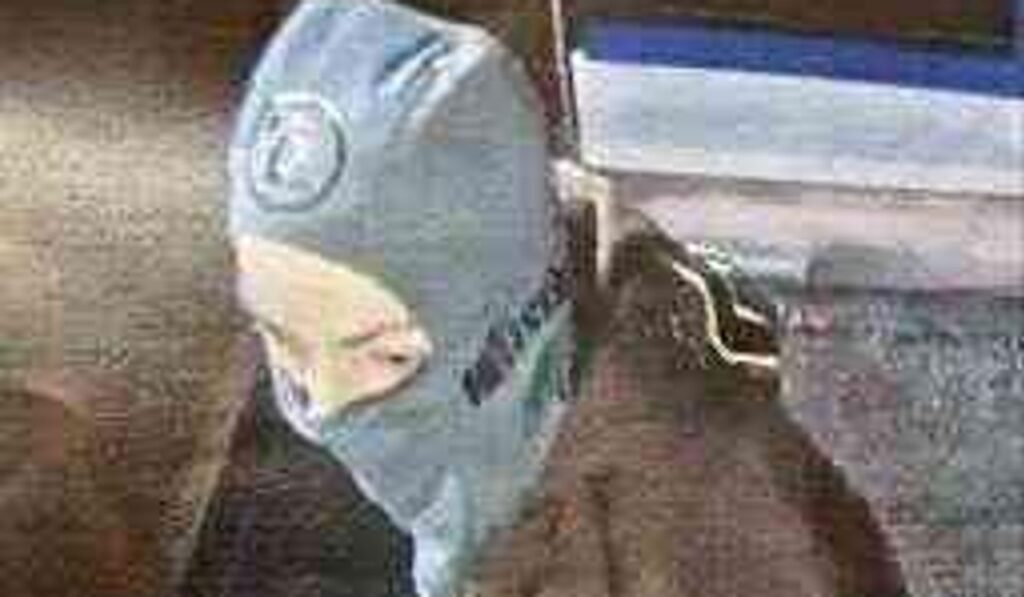There was an explosion early Saturday at Harvard Medical School that appears to have been intentional, but no one was injured, authorities said. This article walks through what happened, how responders reacted, what investigators are focusing on, and what the campus community is facing in the immediate aftermath.
The blast occurred before dawn, and university officials quickly alerted local responders and put safety protocols into motion. Campus was quiet at that hour, which likely kept casualties to zero, but the shock of an intentional detonation on a major medical campus rattled students and staff. Emergency crews arrived and secured the area while investigators began an on-site review to determine how the device was placed and what the motive might be.
Responders described a controlled perimeter around the scene and limited access until structural and forensic checks were completed. Building occupants were evacuated from nearby facilities as a precaution, and equipment specialists assessed damage to make sure there were no lingering hazards. Authorities emphasized that no one was hurt, and that the immediate priority was collecting evidence and preserving scene integrity.
Witnesses reported hearing a loud pop and seeing sudden commotion, and campus security units were among the first to respond. Surveillance footage from around the campus is being examined for clues about who might have been involved and where the device originated. Officials have not released any names or identified suspects, noting the investigation is active and evolving with new information arriving as teams process the scene.
Medical research labs nearby faced interruptions as crews confirmed there were no biohazard breaches and that experimental work remained secure. Researchers were allowed to return only after safety checks, and some experiments experienced delays because of restricted access. Leaders at the institution assured the community they would prioritize both safety and the integrity of ongoing clinical and laboratory work while investigators complete their inquiries.
Students and faculty reacted on social channels with concern and a mix of relief that no one was injured, while also calling for transparency from authorities about how this could happen. The campus community expects answers about security gaps and how similar incidents will be prevented. University administrators said they would review security footage, access logs, and perimeter controls to determine whether changes to patrols, lighting, or checkpoints are needed.
Local law enforcement is coordinating with specialist units to analyze the device and trace any forensic leads, including fragment analysis and blast pattern study. Investigators also checked nearby properties for related activity and questioned potential witnesses to build a timeline of events. Public safety officials stressed that any tips from people who noticed unusual behavior before the blast would be valuable to the probe.
City officials praised the quick work of first responders and emphasized the importance of maintaining vigilance without panic. Nearby institutions adjusted their operations briefly to account for emergency vehicle movements and to allow investigators to work unhindered. The event has prompted a review of emergency notification protocols and the ways information is shared with students and staff during unfolding incidents.
While the motive remains unknown, the fact that the explosion “appears to have been intentional” has focused attention on targeted risk assessments and preventive measures at higher education and medical campuses. Security analysts note that vulnerable hours, such as very early morning, can be exploited, and they recommend audits of access control systems and lighting. Campus leaders say those audits will move quickly while they support investigators and update the community as facts emerge.
Neighborhood residents and commuters were asked to avoid the immediate area while the investigation continued and investigators sifted through evidence. Traffic detours and temporary transit reroutes were put in place to keep the scene clear and allow specialists to work. Authorities cautioned that while the active phase of the response was winding down, the criminal investigation could take weeks as labs process forensic samples and follow up on leads.
Officials urged anyone with relevant information to contact investigators through official channels, emphasizing that small details can be critical in reconstructing events. The medical school and local agencies pledged to increase visible patrols and audit security practices in the coming days. As the city and campus absorb what happened, most attention is on the precise cause, how an explosive device came to be on campus grounds, and what measures will prevent a repeat incident.



